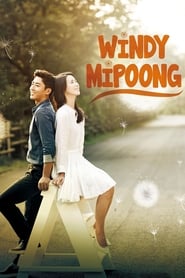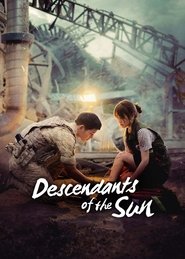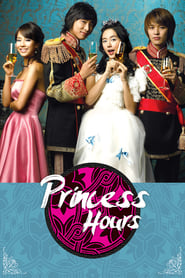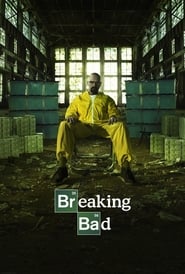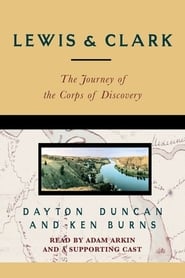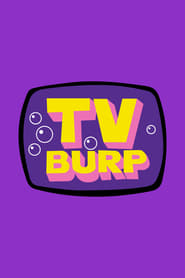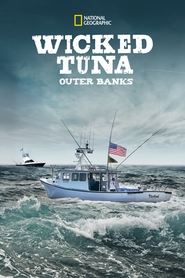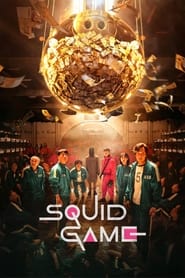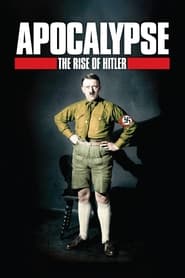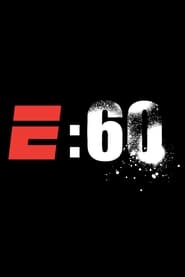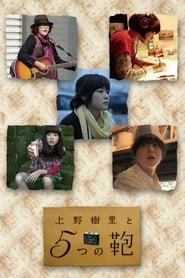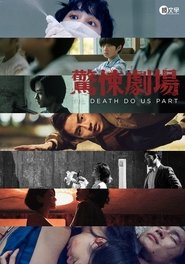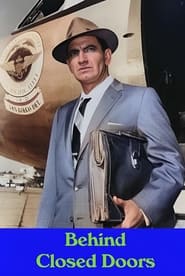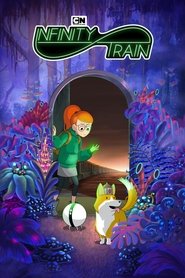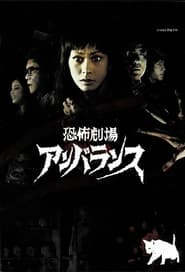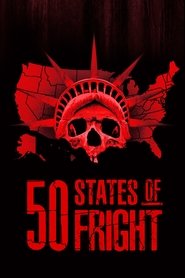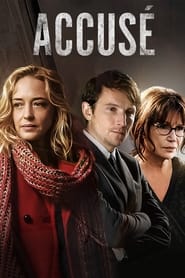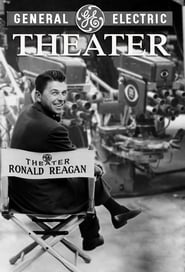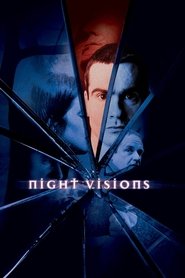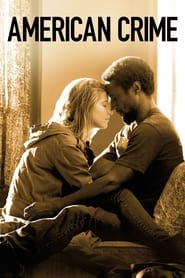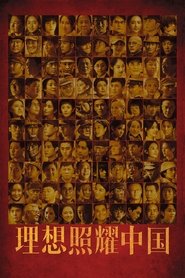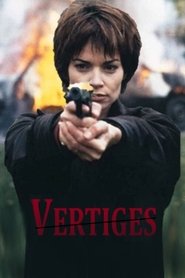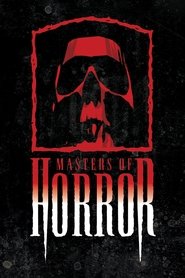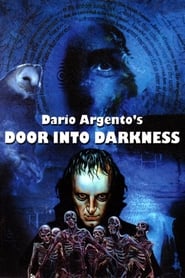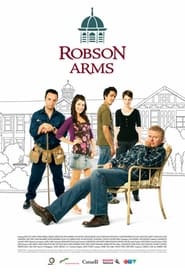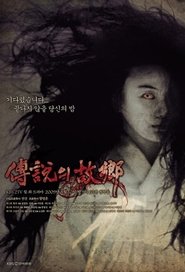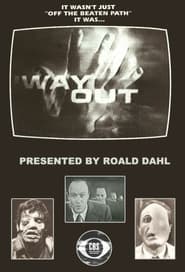
Way Out
Way Out was a 1961 fantasy and science fiction television anthology series hosted by writer Roald Dahl. The macabre 25-minute shows were introduced by Dahl's dry delivery of a brief introductory monologue, sometimes explaining a method of murdering a spouse without getting caught. The taped series began because CBS suddenly needed a replacement for a Jackie Gleason talk show that network executives were about to cancel, and producer David Susskind contacted Dahl to help mount a show quickly. The series was paired by the network with the similar The Twilight Zone for Friday evening broadcasts, running from March through July 1961 at 9:30 p.m. Eastern time, under the primary sponsorship of Liggett & Myers. Writers included Philip H. Reisman, Jr. and Sumner Locke Elliott. The premiere episode, "William and Mary", adapted from a Roald Dahl short story, told of a wife getting revenge on her husband. In "Dissolve to Black", an actress cast as a murder victim at a television studio goes through a rehearsal, but the drama merges with reality as she finds herself trapped on the show's near-deserted set. Other dramas offered startling imagery: a snake slithering up a carpeted staircase inside a suburban home, a disembodied brain in a jar, a headless woman strapped to an electric chair, with a light bulb in place of her head and half of a man's face erased.
- Created By
- First Aired on
Mar 31, 1961
- Popularity: 1.738
- 3 votes
- Networks
- (US)

- Status: Ended
Show Ended
1 seaons till Jul 14, 1961
Last episode: 20/20
Seasons & episodes
Total 1 seasons, 14 episodes

Season 1
Aired
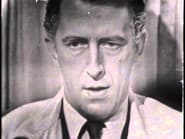
Episode 1William and Mary min
William Pearl gets the bad news from his doctor: he only has a month to live. Dr. Landy says he can keep William's brain alive in a glass jar, after his body is dead. William never got along with his wife Mary; he was a cheapskate and was mean to her. When William dies, Mary is at home drinking and dancing. William's brain (and the attached eyeball) are coming home to Mary. But William's days of mistreating his wife are over; now she has the upper hand. To prove her point, she blows some cigarette smoke into the brain jar, making William's eyeball squint. [note: ""William and Mary"" is the name of a famous college-- the names kind of go together.] [trivia: perhaps this episode provided inspiration for the movie ""The Brain That Wouldn't Die"" (1962).]
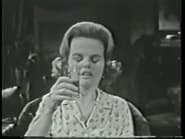
Episode 2The Down Car min
John Ventry and Mr. Bayle were Navy buddies; after they got out, they went into business together. Although they were pals, John Ventry wasn't much good at business; in fact, his gambling debts-- which he charged to their company-- almost forces them into bankruptcy. Bayle winds up shooting Ventry, and leaving a phony suicide note next to the body. But Bayle is haunted by Ventry. Bayle is in the top-story office one night when he starts hearing eerie noises and voices; Bayle tries to escape by taking the elevator down, but it plunges to the basement. When the elevator door opens, Bayle is greeted by his dead buddy John Ventry. [the ending is vaguely reminiscent of the Famous Ghost Story, about the personification of Death saying ""There's room for one more"" to a person about to board the elevator-- just before the elevator crashes. It was the theme of the Twilight Zone episode ""Twenty-Two"" which was broadcast Feb. 10, 1961.]
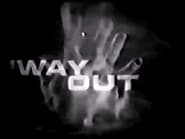
Episode 3The Sisters min
Harriet, the older sister, is immaculately neat; Louise, the younger sister, is a slob. (think: ""The Odd Couple"".) They live together in a cliff-house in Maine. Not only does the domineering Harriet impose her tidy housecleaning habits on Louise, she tries to run her life too-- Harriet ""forbids"" Louise to date Paul Marchand. Possessive Harriet tells Louise she doesn't need men-- after all, they are sisters and will have each other forever. One day, Louise lets Harriet fall off the cliff. Now Louise can do as she likes, and date Paul; (or so she thinks). At night, a woman like Harriet goes around compulsively doing housecleaning. One day, Paul comes to the front door, asking to see Louise. Even though Louise answers the intercom, it is in Harriet's voice that she tells Paul to go away. Louise has become her dead sister. [in the character of Louise-- who adopted the habits of the person she killed-- I see a bit of Norman Bates, from Alfred Hitchcock's ""Psycho"" (1960).]
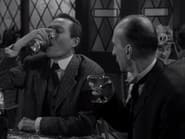
Episode 4Button, Button min
The Button referred to in the title is the button that will launch the nuclear missiles in a war. Captain Stone has the key which unlocks the control panel, giving access to the Button. Captain Stone also has nightmares about the nuclear holocaust that would result, should he ever have to push the Button; in his nightmare, his men hold him while one of the sergeants takes his key, and presses the Button, unleashing the nuclear missiles. Captain Stone wakes up, relieved it was all a bad dream. But just then, the exact same men that were in his nightmare show up-- including the sergeant who took his key and pushes the Button. Was it a nightmare, or a vision of what was to come?
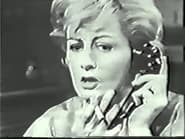
Episode 5I Heard You Calling Me min
Freda Mansfield (an American, age 38) is checking out of a London hotel; she is planning on eloping with her British lover George Frobisher (age 43, who already has a wife, Monica, and kids) and they are going to New York City together. But Freda keeps getting mysterious phone calls from some strange woman, who says that Freda will never run away with George-- Freda is going with her. The strange woman keeps phoning Freda; the caller says her name is Mrs. Rose Thorn, and adds that she is coming up to her hotel room to see her. Freda sees what might be a ghost (dressed in 1912 clothing), and goes hysterical, and faints. Later, a doctor examines Freda's body-- he tells George that she died of pneumonia-like symptoms: both lungs are filled with water, sort of like drowning. George says that his mother was Mrs. Rose Thorn, who died of drowning nearly half a century ago-- she was a passenger aboard the doomed Titanic. (He was later adopted by the Frobisher family; he had never mentione




